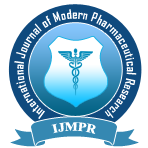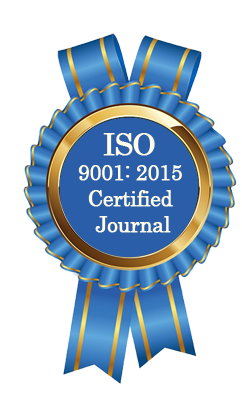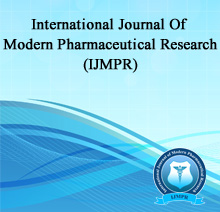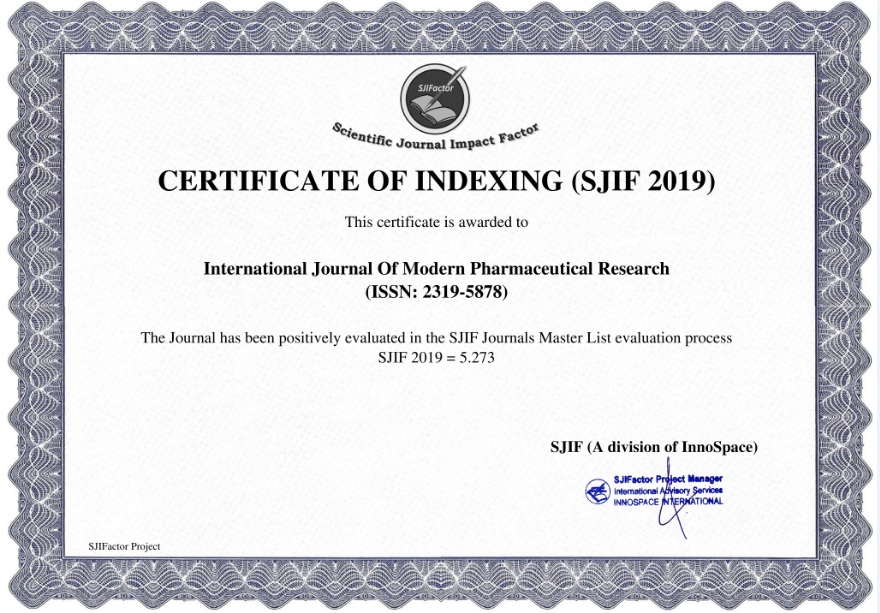PSEUDOCYST OF PANCREAS AND ITS MANAGEMENT IN A TERTIARY HOSPITAL: AN EXPERIENCE
Dr. Hussain Ahmed*, Dr. Chintu Patowary and Dr. Ajit Baheti
ABSTRACT
Introduction: A pancreatic pseudocyst is a circumscribed collection of fluid rich in pancreatic enzymes, blood and necrotic tissue enclosed in a wall of fibrous or granulation tissue, typically located in the lesser sac of the abdomen. Aims and objectives: To evaluate the incidence and study the types, etiology and clinical features of pseudocyst of pancreas and to study various modalities of management of pseudocyst available in our setup including conservative management. Materials and methods: The study was conducted in the Department of Surgery, Gauhati Medical College during the period June 2018 to May 2019. STUDY TYPE: Prospective non randomised study STUDY PERIOD: 1st June 2018 to 30th May 2019. SOURCE OF DATA: Patients admitted with clinical and radiological diagnosis of pancreatic pseudocyst, under the Department of Surgery, Gauhati Medical College and Hospital during the study period. SAMPLE SIZE: A total of 50 patients were included in the study. 7.1 SELECTION CRITERIA Inclusion criteria: Diagnosed cases of Pseudocyst of Pancreas on clinical and radiological investigations. Patient giving valid informed consent; Pancreatic fluid collection that occurs in the development of acute pancreatitis after 4 weeks from its debut. Exclusion criteria: Patients less than 17 years of age, diagnosed with pseudocyst of pancreas; Patients diagnosed as cystic neoplasms of pancreas; Pancreatic Fluid in the first 4 weeks from the onset of acute pancreatitis. Diffuse Pancreatic collections without USG or CT images. Pancreatic collections containing predominantly solid material. Results and Observations: This study comprises of 50 patients with pseudocyst of pancreas. Out of the 50 patients, 10 patients had chronic pancreatitis and 40 patients developed pseudocyst following an acute pancreatitis episode. The patients included in this series range from 18 to 75 year, 35 years was the median age and 35.12 years was mean age. Out of 50 patients there were 40(80%) male, 10(20%) female patients indicating that the disease is more common in male and male to female ratio is 4:1. Alcohol was the commonest risk factor which was present in 70% of the patient followed by biliary tract disease 12% and idiopathic in 12% of the patient. Abdominal pain is the commonest symptom patient presented with, mostly in the epigastric region (88%). Abdominal distension was there in 44% of patients. Nausea and vomiting was complained by 46% patients associated with epigastric pain and /or abdominal distension. Tenderness in epigastric region was present in all 50 patients. In 18 out of the 50 patients, there was a palpable abdominal mass present in the epigastric region. Ascites was present in 1 patient out of 50 patients. 3 out of 50 patients developed infection of the pseudocyst while 3 out of 50 patients presented with gastric outlet obstruction, out of which 1 patient also had CBD obstruction. Serum amylase was raised in 62% of the patients of pseudocyst of pancreas. Ultrasound was done in all patients (100%) for diagnosis of pancreatic pseudocyst. It was able to detect all cases of pseudocyst. CECT W/A-scan was done in 33 patients where the extent and complication of the cyst was not properly delineated on ultrasound. MRCP was done in 3 patients for delineating out a ductal anatomy before surgery. Conservative treatment was done in 32/50 patients (64%). 3 patients represented with recurrent pain, obstructive features and weight loss after 4 months of conservative treatment. All of them under went cysto-enteric drainage. The remaining patients were followed-up for 6 months. Pseudocyst disappeared in 22 cases (68.75%), and it decreased in size in 5 cases (15.625%), while 2 were lost in follow up. USG guided percutaneous catheter drainage was done in 13 patients. It proved successful in the long term in 10 patients, but 3 patients developed recurrence and infective features, for which they underwent early surgical cystogastrostomy. Cystogastrostomy was done in 11 patients, 5 patients for recurrence of symptoms and 6 patients due to complication as mentioned above. No postoperative complication and no cyst recurrence were detected on follow up. Conclusion: Pancreatic pseudocyst usually resolves spontaneously but may also be associated with various complications. Pseudocyst is the main late complication (4-6 weeks) of acute pancreatitis. Excessive alcohol consumption in men and, biliary etiology in female are the main factors incriminated in pancreatic pseudocyst. Most important complications are compression of the biliary or gastrointestinal tract & infection. These complications require immediate therapeutic intervention. Pancreatic pseudocysts which are uncomplicated, regardless of their size, benefit from conservative medical treatment until their spontaneous resolution. The results also suggest that many patients with pancreatic pseudocysts can be managed conservatively. Interventional treatment is indicated in symptomatic patients and those unresponsive to conservative treatment. Guided percutaneous catheter drainage is indicated in case of pancreatic tail pseudocysts, with immature wall or infection, and patients with poor performance status. Surgery is reserved for internal drainage of complicated pseudocysts.
[Full Text Article] [Certificate Download]


